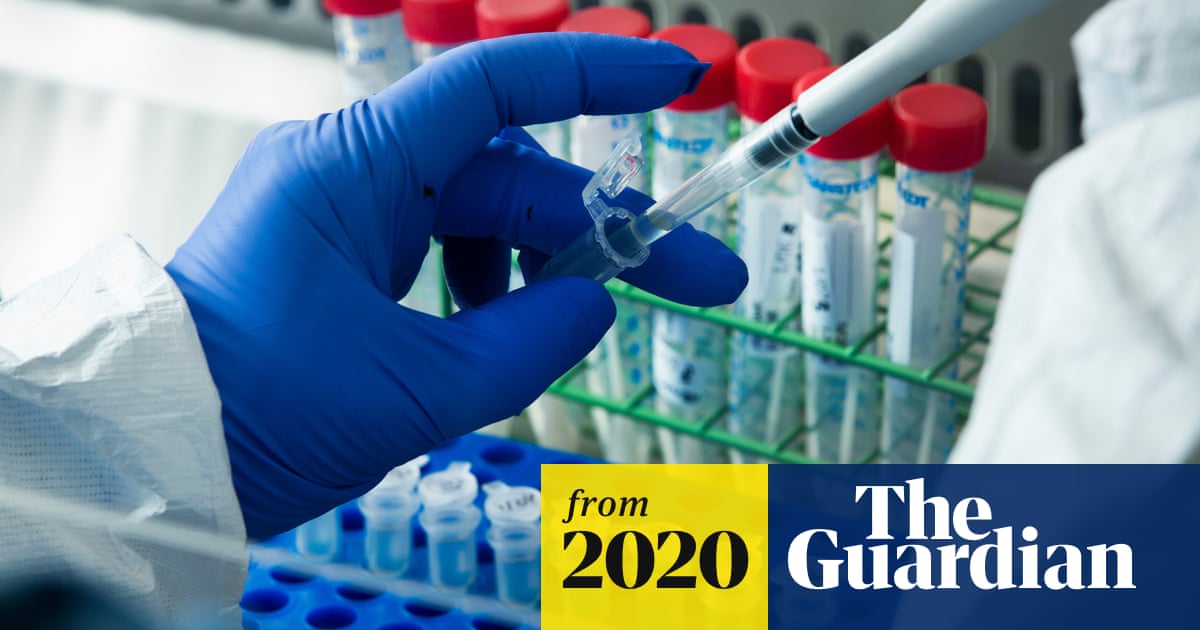gracielle
Registered
- Joined
- Jun 6, 2005
- Messages
- 3,626
- Likes
- 2,982
To be published on The Lancet on June 06, 2020

It is already in use here for some time.7 June 2020
Breakthrough close on coronavirus antibody therapy: reports
Scientists say injection of cloned antibodies could help treat people already infected, while vaccine development continueswww.theguardian.com
Scientists say injection of cloned antibodies could help treat people already infected, while vaccine development continues....

Not weird at all. But according to what is being reported on the media, the donor will not receive a remuneration. And the health authority decides who will be the recipient.There is apparently a black market for this. A weird thought: If someone is living in poverty, young and healthy with no underlying conditions, he would probably be tempted to get the bug and make some money out of it.
"Todo por la patria"..."During a regular blood donation, you will give around 470 ml of whole blood. This is about eight per cent of the average adult's blood volume. The body replaces this volume within 24 to 48 hours, and replenishes red blood cells in 10 to 12 weeks."
Lamentably, at this time, Buenos Aires and surrounds looks to be producing an abundance of donor types. Overe 2000 yesterday, 24 June, alone.




| Thread starter | Similar threads | Forum | Replies | Date |
|---|---|---|---|---|
|
|
Covid Vaccine Booster? | Expat Life | 4 | |
| O | COVID vaccine - where to get it | Expat Life | 3 | |
|
|
2024 - Rebound of COVID cases in Argentina | Expat Life | 20 | |
| A | Where to receive a Covid vaccine booster? | Newcomers Forum | 11 | |
|
|
Ky. natives head home from Argentina for their COVID vaccines | Articles | 0 |
